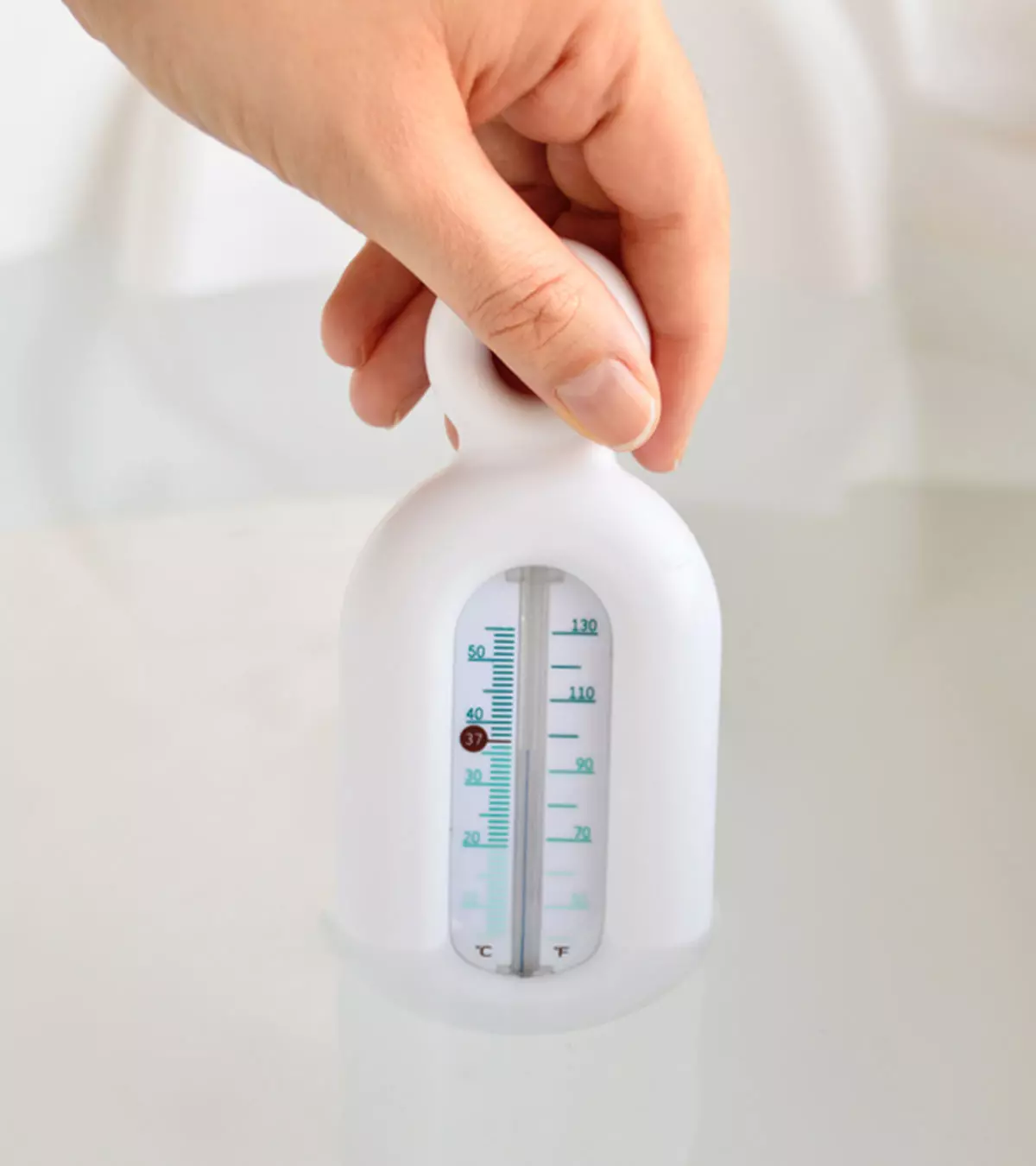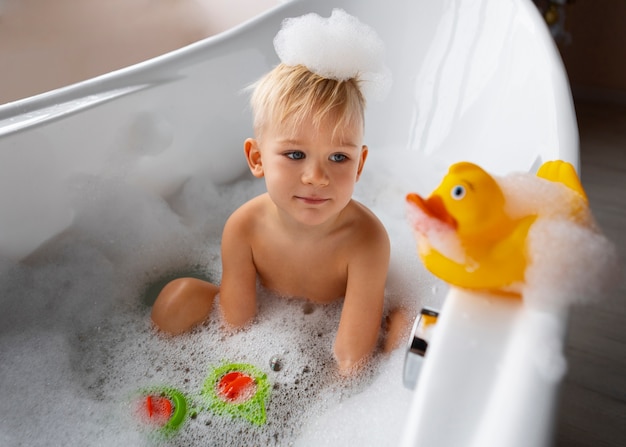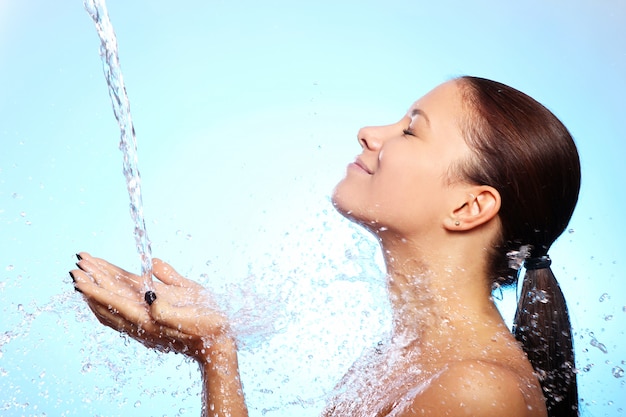Finding the perfect hot tub temperature enhances your relaxation and ensures safety. Understanding the ideal temperature can help you enjoy your hot tub experience fully. Temperature control is crucial in maintaining the ideal hot tub temperature.

The Perfect Temperature for Relaxation
Setting the right hot tub temperature is crucial for safety and comfort, for too hot water can cause overheating or dehydration. Water that is too cool might not provide the desired relaxation or therapeutic benefits, but ensuring the temperature is just right maximizes the health benefits of using a hot tub. Hot tub owners should pay attention to how hot their tubs get, so they avoid health risks. Adjusting temperature settings is important to achieve perfect relaxation.
Importance of the Right Hot Tub Temperature
Proper temperature regulation can prevent overheating or dehydration. Too hot water can cause overheating or dehydration. Water that is too cool might not provide the desired relaxation or therapeutic benefits. Ensuring the temperature is just right maximizes the health benefits of using a hot tub. Hot tub owners should pay attention to how hot their tubs get to avoid health risks.
Temperature Tips for Different Groups
Hot tubs offer relaxation and therapeutic benefits for many people. However, different groups have specific needs and concerns regarding their safe use. This section answers common questions about the ideal hot tub temperatures for various individuals, including older adults, women, pregnant women, people with health issues, those with cardiovascular conditions, and children. Understanding the best practices for hot tub use can help ensure a safe and enjoyable experience for everyone. It is also important to follow temperature guidelines for different groups to maximize safety and comfort.
For Older Adults
Older adults should use hot tubs at lower temperatures, ideally between 100°F to 102°F. This range helps prevent overheating and ensures a comfortable soak. Maintaining safety and comfort by knowing the right hot tub temperature is essential for older individuals. This temperature should be maintained to ensure their safety. Monitoring body temperature is key for older adults to avoid any health risks. Emphasizing temperature safety is crucial to preventing potential health issues.

For Women
Women often prefer hot tubs at 100°F to 103°F for relaxation without discomfort. Adjusting the temperature to personal preference, considering individual temperature preferences, is advisable. Women should monitor their time in the hot tub and stay hydrated to prevent overheating and dehydration. Ensuring a safe hot tub temperature is crucial for comfort. Proper hydration helps maintain human body temperature during use.

For Pregnant Women
Pregnant women should keep hot tub temperatures below 100°F to avoid overheating, which can be risky during pregnancy. Temperature monitoring is crucial to ensuring the safety of both mother and baby. Consulting a medical professional before use is advisable. Lower temperatures still provide relaxation and help ensure the safety of both mother and baby. Monitoring body temperature is essential. Avoiding prolonged exposure helps prevent potential risks.

For People with Health Issues
People with health issues should keep hot tub temperatures between 98°F to 100°F to avoid exacerbating conditions while still enjoying therapeutic benefits. Temperature adjustments can help manage health conditions by providing a controlled environment that can alleviate symptoms. Consulting a healthcare provider is recommended to determine the most appropriate temperature for individual health needs. Managing safe temperatures is key. People with underlying health conditions must be extra cautious.

For Cardiovascular Issues
People with cardiovascular issues should use hot tubs with caution, maintaining a temperature range of 96°F to 100°F to avoid straining the heart. Temperature control is essential for preventing overheating and reducing the risk of complications. Consulting a doctor before use and monitoring time spent in the hot tub are crucial to preventing health risks. Managing water temperatures helps ensure safety. Heart disease patients should be particularly vigilant.

For Children
Children should use hot tubs at lower temperatures, ideally between 95°F to 100°F, and should always be supervised. Adhering to temperature limits for children is essential to preventing overheating. Monitoring their body temperature and limiting soak time helps prevent heat stroke and ensure safety. Knowing the maximum temperature children can handle is vital. Keeping water temperatures cool for children is crucial.

For Men
Men often enjoy a higher hot tub temperature, typically between 100°F to 104°F. This range allows for a deep, relaxing soak, especially after physical activities. However, men should be cautious and avoid exceeding the recommended 104 degrees to prevent overheating.
Maintaining a safe hot tub temperature is important for men to avoid potential health risks. Regular breaks and staying hydrated can help manage the heat. Men should also consider the duration of their soak, ensuring it aligns with their comfort and health conditions.

For Teens
Teens should use hot tubs with caution, keeping the temperature between 98°F to 102°F. This range provides a comfortable soak without the risk of overheating. Teens are still developing, so they should avoid prolonged exposure to high temperatures.
Supervision is key when teens use hot tubs. Educating them about the importance of safe water temperatures and monitoring their soak time can help prevent any adverse effects. Ensuring they take breaks and stay hydrated is also crucial for their safety.

For Athletes
Athletes benefit from hot tubs after intense activity, with ideal temperatures between 100°F to 104°F to soothe muscles. They should avoid staying in the hot tub too long, monitor the water temperature, and stay hydrated to prevent overheating. The soothing jets can help with recovery. Using hot tubs with care is important for athletes.

For Individuals with Disabilities
Individuals with disabilities should use hot tubs with caution, keeping the temperature between 98°F to 100°F. This range helps avoid any potential issues related to their specific conditions. Consulting a healthcare provider before using a hot tub is recommended.
Maintaining a safe hot tub temperature is important for individuals with disabilities to ensure they can safely enjoy the benefits of hot tub use. Monitoring the time spent in the hot tub and ensuring it aligns with medical advice can help prevent any adverse effects.

For Individuals with Arthritis
Individuals with arthritis can find relief in hot tubs set between 98°F to 102°F. Temperature management is crucial for individuals with arthritis, as it helps reduce inflammation and pain. This range provides warmth without causing additional discomfort. Regular use at this temperature can help alleviate symptoms, and consulting a healthcare provider for the best advice is recommended. Heated water can soothe pain. The combination of safe temperatures and soothing jets offers relief.
General Tips
- Adjust Temperature Settings: It’s important to adjust temperature settings based on personal comfort and health considerations to ensure a safe and enjoyable experience.
- Stay Hydrated: Staying hydrated while using a hot tub helps maintain body temperature and prevent overheating.
- Limit Soak Time: Healthy adults should limit their soaking to twenty minutes to avoid heat-related health risks.
- Consult Experts: Always seek advice from a medical professional for specific recommendations.
By following these guidelines, you can ensure a safe and enjoyable hot tub experience for everyone.
Frequently Asked Questions
Adjusting the Temperature
Changing the temperature of a hot tub is straightforward. Most hot tubs have a control panel with temperature adjustment buttons. Simply press the up or down button to set the desired temperature. This allows you to take full advantage of your hot tub’s features. You can adjust the heat to match your personal preference.
Tip: Always make gradual adjustments to the temperature to avoid shocking your body.
Optimal Hot Tub Temperature
The best temperature for a hot tub is between 100°F and 104°F. This range offers optimal relaxation and therapeutic benefits. Adjust based on personal comfort and health considerations. A temperature within this range can provide relief from muscle tension. The water temperature should be checked regularly to ensure safety.
Tip: Use a thermometer to monitor the water temperature accurately.
Maximum Safe Temperature
The hottest safe temperature for a hot tub is 104°F. Exceeding this temperature can be dangerous and is not recommended by safety guidelines. Keeping the spa temperature within this limit ensures a safe soak. Always monitor the hot tub temperatures to avoid any risk of heat stroke.
Tip: If you feel lightheaded or dizzy, exit the hot tub immediately.
Winter Temperature Settings
During winter, the ideal hot tub temperature is around 102°F to 104°F. The warmer water provides a pleasant contrast to the cold weather and enhances relaxation. This warm water can make your winter experience more enjoyable. It’s important to check the hot tub water temperature frequently during cold air exposure.
Tip: Consider adding insulation to your hot tub cover to retain heat better.
Summer Temperature Settings
In summer, you might prefer a slightly cooler hot tub temperature. A range of 98°F to 100°F can be refreshing while still offering relaxation. Adjusting the tub temperature in summer helps you stay comfortable. This lower temperature setting can still offer relaxing benefits.
Tip: Use shade to keep the hot tub cooler during the hottest parts of the day.
Temperature When Not in Use
When not in use, set the hot tub temperature to 80°F to 85°F. This range maintains the water quality and saves energy. Keeping a lower temperature helps reduce energy costs. The spa can quickly heat up when you decide to use it again.
Tip: Invest in a quality cover to minimize heat loss when the hot tub is not in use.
Bacteria Control
A temperature of 104°F helps kill most bacteria in hot tubs. However, maintaining proper water chemistry and regular cleaning are also essential for hygiene. High temperatures alone are not enough for complete bacterial control. Always combine heat with good maintenance practices to ensure clean hot tub water.
Tip: Regularly test and balance your water chemistry for optimal hygiene.
Heating Time
A hot tub typically takes 4 to 8 hours to heat up from 50°F to 100°F. The time can vary based on the tub size, heater efficiency, and outside temperature. A well-maintained heating element can reduce heating time. Regularly check your heating system to ensure efficient performance.
Tip: Plan your hot tub use in advance to allow enough time for heating.
Safe Soak Time
You can safely sit in a 100-degree hot tub for 15 to 30 minutes. Extending the time beyond this can lead to overheating or dehydration. Monitoring your time in the hot tub is important for avoiding health issues. Always drink water to stay hydrated while enjoying your soak.
Tip: Set a timer to remind yourself when to take a break.

